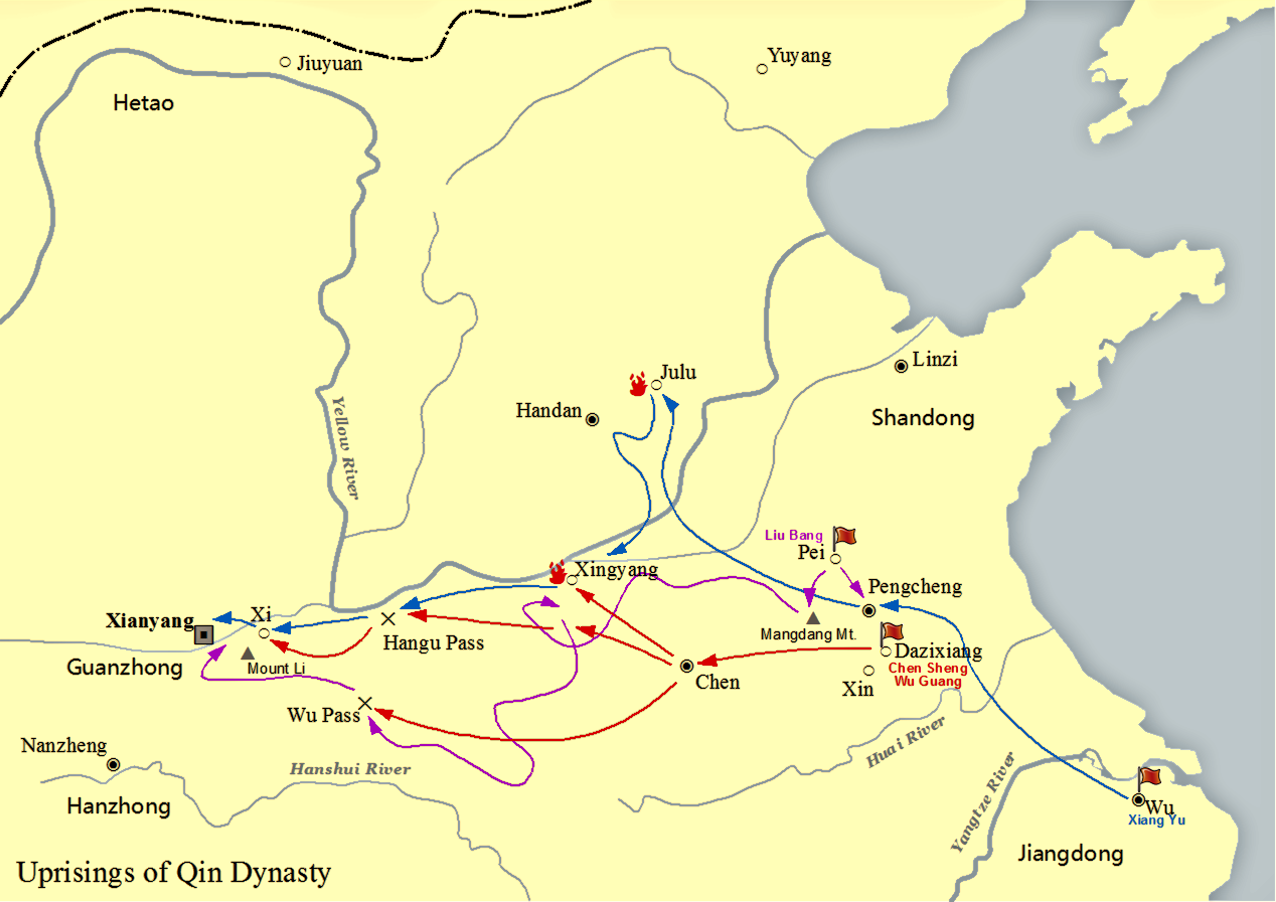|
Neihuang County
Neihuang County () is a county in the north of Henan province, China, bordering Hebei Hebei or , (; alternately Hopeh) is a northern province of China. Hebei is China's sixth most populous province, with over 75 million people. Shijiazhuang is the capital city. The province is 96% Han Chinese, 3% Manchu, 0.8% Hui, and 0 ... province to the north. It is under the administration of Anyang city. Administrative divisions As 2012, this county is divided to 7 towns and 10 townships. ;Towns ;Townships Climate References County-level divisions of Henan Anyang {{Henan-geo-stub ... [...More Info...] [...Related Items...] OR: [Wikipedia] [Google] [Baidu] |
Postal Code Of China
Postal codes in the People's Republic of China () are postal codes used by China Post for the delivery of letters and goods within mainland China. China Post uses a six-digit all-numerical system with four tiers: the first tier, composed of the first two digits, show the province, province-equivalent municipality, or autonomous region; the second tier, composed of the third digit, shows the postal zone within the province, municipality or autonomous region; the fourth digit serves as the third tier, which shows the postal office within prefectures or prefecture-level cities; the last two digits are the fourth tier, which indicates the specific mailing area for delivery. The range 000000–009999 was originally marked for Taiwan (The Republic of China) but is not used because it not under the control of the People's Republic of China. Mail to ROC is treated as international mail, and uses postal codes set forth by Chunghwa Post. Codes starting from 999 are the internal codes use ... [...More Info...] [...Related Items...] OR: [Wikipedia] [Google] [Baidu] |
Liucun Township, Henan
Liucun Township () is a township of Neihuang County in northern Henan province, China. , it has 22 villages under its administration: *Yangsang Village () *Guosang Village () *Zhangsang Village () *Xue Village () *Pochekou Village () *Wenxinggu Village () *Maxinggu Village () *Liuxinggu Village () *Shangzhuang Village () *Qiankou Village () *Maji Village () *Zhaozhuang Village () *Qianhua Village () *Zhonghua Village () *Houhua Village () *Taiping Village () *Beiliu Village () *Yuanliu Village () *Dailiu Village () *Chenliu Village () *Muliu Village () *Jiao Village () See also *List of township-level divisions of Henan This is a list of township-level divisions of the province of Henan, People's Republic of China (PRC). After province, prefecture, and county-level divisions, township-level divisions constitute the formal fourth-level administrative divisions ... References {{reflist Township-level divisions of Henan Neihuang County ... [...More Info...] [...Related Items...] OR: [Wikipedia] [Google] [Baidu] |
Gaodi Township
Emperor Gaozu of Han (256 – 1 June 195 BC), born Liu Bang () with courtesy name Ji (季), was the founder and first emperor of the Han dynasty, reigning in 202–195 BC. His temple name was "Taizu" while his posthumous name was Emperor Gao, or Gaodi; "Gaozu of Han", derived from the ''Records of the Grand Historian'', is the common way of referring to this sovereign even though he was not accorded the temple name "Gaozu", which literally means "High Founder". Liu Bang was one of the few dynasty founders in Chinese history who was born into a peasant family. Prior to coming to power, Liu Bang initially served for the Qin dynasty as a minor law enforcement officer in his home town Pei County, within the conquered state of Chu. With the First Emperor's death and the Qin Empire's subsequent political chaos, Liu Bang renounced his civil service position and became an anti-Qin rebel leader. He won the race against fellow rebel leader Xiang Yu to invade the Qin heartland ... [...More Info...] [...Related Items...] OR: [Wikipedia] [Google] [Baidu] |
Dougong Township
''Dougong'' () is a structural element of interlocking wooden brackets, one of the most important in traditional Chinese architecture. The use of dougong first appeared in buildings of the late centuries BC and evolved into a structural network that joined pillars and columns to the frame of the roof. ''Dougong'' was widely used by the ancient Chinese during the Spring and Autumn period (770–476 BC) and developed into a complex set of interlocking parts by its peak in the Tang and Song periods. The pieces are fitted together by joinery alone without glue or fasteners, requiring precise carpentry. After the Song Dynasty, brackets and bracket sets used in palatial structures and important religious buildings became more ornamental than structural, no longer fitting the description of traditional ''dougong''. Function Dougong is part of the network of wooden supports essential to the timber frame structure of traditional Chinese building. Because the walls in these st ... [...More Info...] [...Related Items...] OR: [Wikipedia] [Google] [Baidu] |


